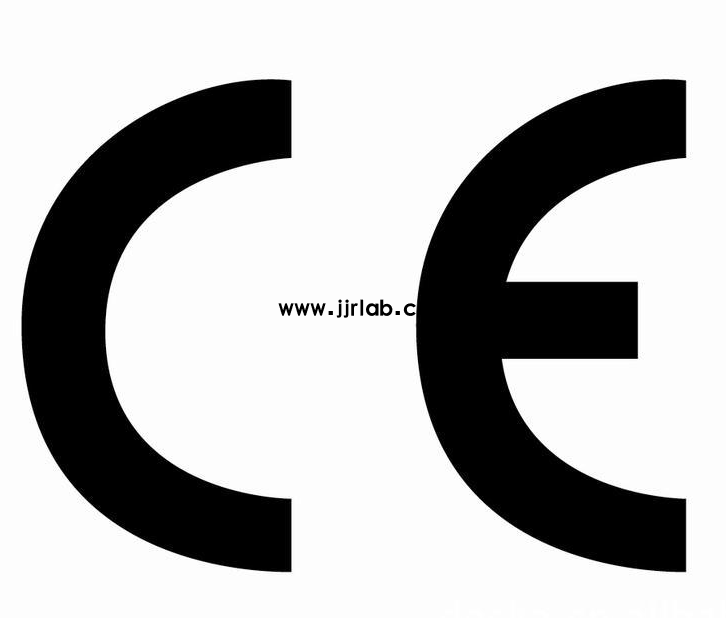
E-Cigarette Product Testing and Certification Services
In recent years, e-cigarettes have become a popULar choice among young people. Various countries have introduced regulatory laws and standards for e-cigarettes, such as China's mandatory standard GB 41700-2022 Electronic Cigarettes and the EU Tobacco Directive 2014/40/EU, which includes regulations for e-cigarettes. CTI provides testing services for e-cigarette design and raw materials, e-cigarette device safety, aerosol composition, and emissions composition, offering essential technical support for the design and import/export of e-cigarette products.

E-Cigarette Product Testing
The JJR Laboratory in China offers comprehensive testing services for e-cigarette design and raw materials, e-cigarette device safety, aerosol composition, and emissions composition, ensuring essential technical support for product design and import/export.
Applicable Scope
- E-cigarette devices
- E-cigarette raw materials
Testing Standards
EU E-Cigarette Testing Standards
Testing Requirements:
1. CheMICal Requirements:
- (EC) No 1907/2006 REACH Annex XVII: Restricted Substances
- (EC) No 1907/2006 REACH SVHC: Substances of Very High Concern
- (EU) 2019/1021 POP: Persistent Organic Pollutants
- 2011/65/EU RoHS: Restriction of Hazardous Substances in Electrical and Electronic Equipment
- SDS: Safety Data Sheet for Hazardous Chemicals
2. Packaging:
- Packaging Directive 94/62/EC and amendments
3. Waste Electrical and Electronic Equipment:
- DIRECTIVE 2012/19/EU WEEE
4. Electromagnetic Compatibility:
- Electromagnetic Compatibility Directive 2014/30/EU
5. Battery Safety Standards:
- en62133
6. Battery Transportation Safety:
- UN Manual of Tests and Criteria Part 3, Section 38.3
7. Safety and Energy Efficiency:
- Safety Directive 2014/35/EU
- Energy Efficiency Directive (EU) 2019/1782
8. Tobacco Directive 2014/40/EU:
- Nicotine
- Alcohols: Propylene glycol, glycerol, ethylene glycol, diethylene glycol
- Nitrosamines: NNN, NNK, NAT, NAB
- Phthalates
- Acetals: 2,3-Butanedione, 2,3-Pentanedione, 2,3-Hexanedione
- Aldehydes: Formaldehyde, acetaldehyde, acrolein, crotonaldehyde
- Heavy Metals: Aluminum, chromium, iron, nickel, tin, lead, cadmium, arsenic, antimony, mercury, copper, etc.
- Volatile Compounds: Benzene, toluene, 1,3-butadiene, and isomers
- Stable Nicotine Release Levels
Chinese E-Cigarette Testing Standards
Testing Requirements:
1. Design and Raw Materials:
- General safety design (GB 4706.1-2005)
- Electromagnetic compatibility (GB 4343.1)
- Materials in contact with mouth, aerosols, and emissions (food-grade materials)
- Materials not in contact with mouth, aerosols, or emissions (China RoHS)
- Aerosolizing agents (propylene glycol, glycerol, water)
- Aerosol additives
2. E-Cigarette Devices:
- Anti-refilling, leak-proofing, activation protection, atomization zone temperature control, waterproofing, pressure relief safety, drop resistance
3. Aerosols:
- Nicotine content and total nicotine
- 2,3-Butanedione, heavy metals, arsenic
4. E-Cigarette Emissions:
- Nicotine release levels
- Carbonyl compound release levels
5. Marking and Product Instructions:
- Labels and user manuals
General Sample Requirements
The specific requirements depend on the product, testing standards, and testing items.
Email:hello@jjrlab.com
Write your message here and send it to us
 How to Test IP68 Rating
How to Test IP68 Rating
 Differences Between FDA and LFGB for Food Contact
Differences Between FDA and LFGB for Food Contact
 Process and Precautions for Amazon CPC Certificate
Process and Precautions for Amazon CPC Certificate
 E-mark Certification Testing Service Laboratory
E-mark Certification Testing Service Laboratory
 Amazon ISO/IEC 17025 UL Testing Service Laboratory
Amazon ISO/IEC 17025 UL Testing Service Laboratory
 How to get CE Certification for Lighting Products?
How to get CE Certification for Lighting Products?
 CE Certification Standards & Process for Elect
CE Certification Standards & Process for Elect
 Japan METI Registration & Japanese Agent Servi
Japan METI Registration & Japanese Agent Servi
Leave us a message
24-hour online customer service at any time to respond, so that you worry!




